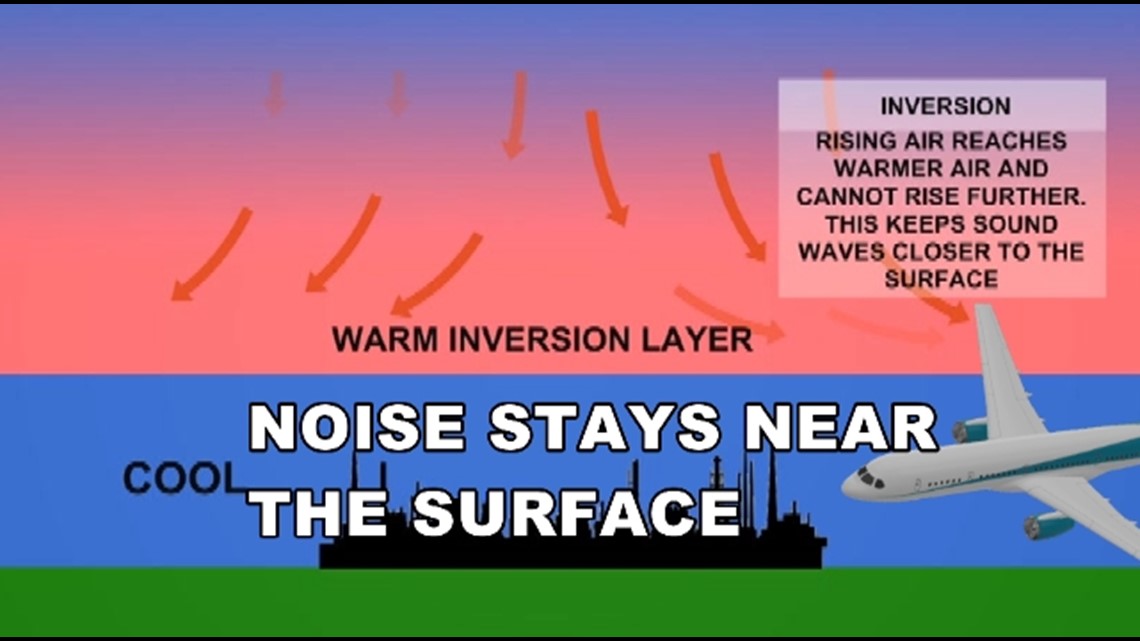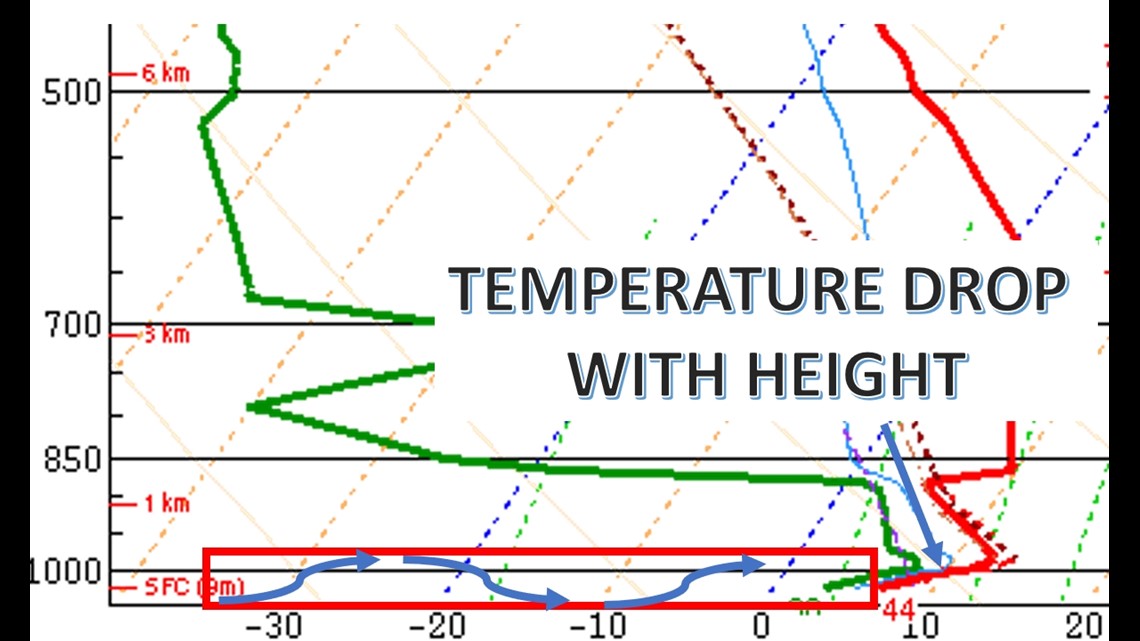ST. JOHNS COUNTY, Fla. — Did you hear it? It was a loud boom, heard and felt in parts of St. Johns County early Thursday evening. Many reported hearing it before 5 p.m. First Coast News, On Your Side reached out to Naval Air Station Jacksonville who gave the following explanation of what likely occurred:
We have had Training Squadron’s Seven and Nine conducting operations from NAS Jacksonville for the past week for pilot carrier qualifications. They fly the Boeing T-45C Goshawk, the Navy’s most advanced strike jet trainer. I’m not 100% sure that it was one of these aircraft making this loud noise, but it most likely this aircraft. If it was a cloudy day, that enhances the noise but they are required to follow all FAA rules on flying restrictions.
NAS Jacksonville sent out a news release to media outlets last week to inform the public of training exercises and potential for loud noises.
Also two specific weather phenomena could have played a role in this being heard over a wide area.
The first was the presence of cloud cover, which has the effect of confining sound waves near the surface. The second factor was an inversion, where cooler air rests beneath relatively warmer air aloft. In the typical vertical temperature profile, temperatures decrease as you ascend in the atmosphere. However, during an inversion, this pattern is reversed, resulting in cooler conditions closer to the Earth's surface than at higher altitudes.
To illustrate, on Thursday, morning temperatures were near freezing at ground level but rose to around 50 degrees Fahrenheit at an altitude of approximately 5,000 feet. This same weather setup continued through the afternoon. Thus this peculiar temperature distribution acted as a barrier that trapped sound waves below the 5,000-foot mark. Consequently, any noise generated by the aircraft was carried over longer distances, remaining closer to the surface.
This phenomenon is commonly referred to as "ducting" in meteorological terminology. It can also occur at higher altitudes, where a layer of warm air is situated between layers of colder air. In such situations, sound waves become confined within the colder layer, producing similar acoustic effects.


These conditions are the same reason why, on cold mornings worldwide, distant noises are sometimes audible. This intriguing weather fact provides an explanation for those moments when you unexpectedly hear sounds from afar on chilly winter mornings.



